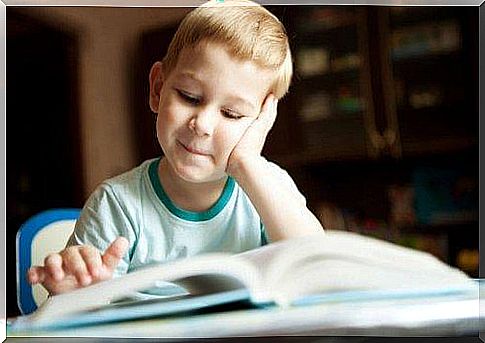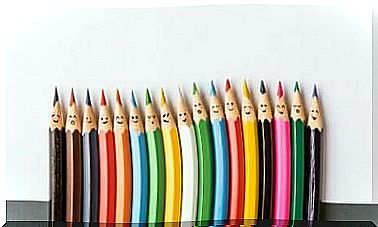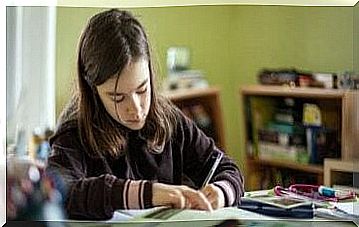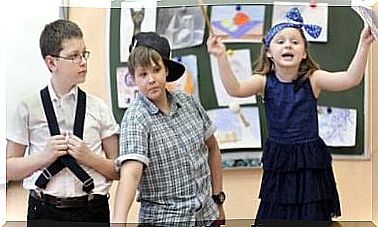What Is The Ideal Age To Learn To Read? – Being Parents

What is the ideal age to learn to read? This is a question whose answer will depend on the capacities acquired by the children and their maturity. Squeezing them can be counterproductive and can even generate frustration.
The first thing: to know how to speak
The first prerequisite is that the child has a basic command of the language. Otherwise, he knows how to speak and understands what is being said to him.
Maturity is another aspect to consider. Indeed, the child may not be able to assimilate this type of learning. Therefore, to learn to read, one needs good psychological and cognitive development.
Between the first sounds and a clear oral expression of the language, a lot of time can pass. This can be longer or shorter, depending on each child. Written language requires high intellectual development and the child must be able to achieve it.
What is the minimum age to learn to read?
From the age of 3 and up to 5 years, children can begin to come into contact with written language. Lines, games, drawings, knowing a few letters or words – like numbers – can arouse a child’s interest in written language. Recognizing a few signs and starting to use pencil is more than enough at this age.
In general, the child is introduced to reading and writing activities at age 6. Depending on his abilities at the time, he might be ahead.
Points to consider for a child to start reading are:
- Motor coordination.
- Visual organization.
- Ample vocabulary.
- Listening skills.
- Interest in learning.

Is early stimulation counterproductive?
Today, everything is going faster, the children too. We are in an era of constant stimulation, always earlier.
However, speeding up some processes can be counterproductive. Frustration can appear and lead to comprehension and expression problems which manifest themselves around the age of 12.
Going from oral language to written language involves a big leap. From one sound to another, we go from one sign to another. This can be confusing and may be too abstract for the child. Thus, speeding up this process could demotivate the child.
The beginning of graphomotricity
Both the traditional method and the constructivist approach establish the onset of graphomotricity at 3 years. This practice of movements of writing or teaching words applies from the period of the child’s education.
Motivation is fundamental
Motivation is a responsibility of parents and teachers. It is the determining element for the success of the objectives. It is important that the child does not feel pressure. Around the age of 5, the child is able to adapt to routines . He is also able to develop social skills, play and work in groups. Everything is achievable but without taxes.
Imitation is a common practice among children. They may be interested in reading or writing if they see adults doing it. They will even be able to recognize and attempt to duplicate the letters of their first name or write a letter to their grandparents or a friend.
So what is the recommended age for learning to read? The answer to this question will depend on the maturity of each child.
How to stimulate your creativity
There are activities that can help a child start learning to read and write earlier. We can stimulate his creativity through:
- Reading stories.
- Letters or games related to words.
- Relief books, textures or games.
- Materials for drawing and writing.
These activities should always ensure that the child has fun. He will thus be spontaneously interested in the wonderful world of reading, a tool that he will be able to maintain throughout his life.

A child who expresses himself well, who pronounces words well and understands what is said to him is ready to learn to read. If he understands such concepts as “up”, “down”, “before”, “after”, “left”, “right”, the beginning of learning to read will be easier.
When he is able to draw lines with his hand while controlling the pressure on the pencil, the start may be imminent.
From teaching letters and phrases, to proposals that stimulate the imagination and creativity, the options are endless. The important thing is to accompany the children taking into account their own pace and help them in this process without subjecting them to pressure at any time.









